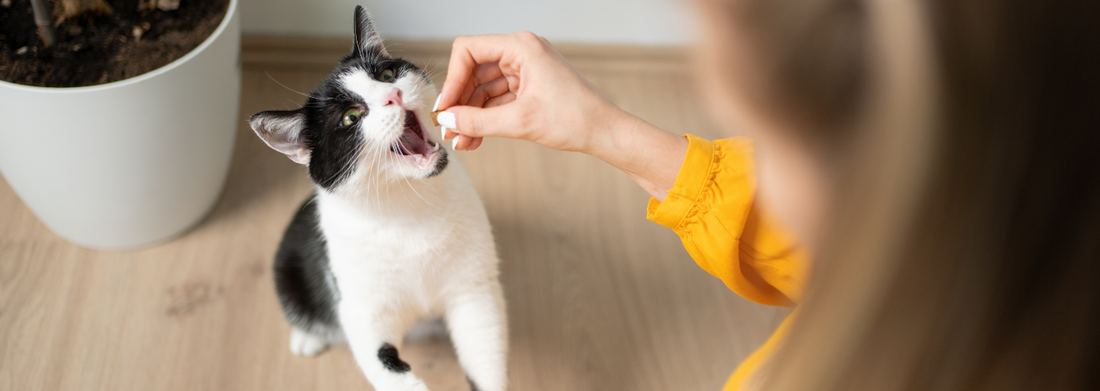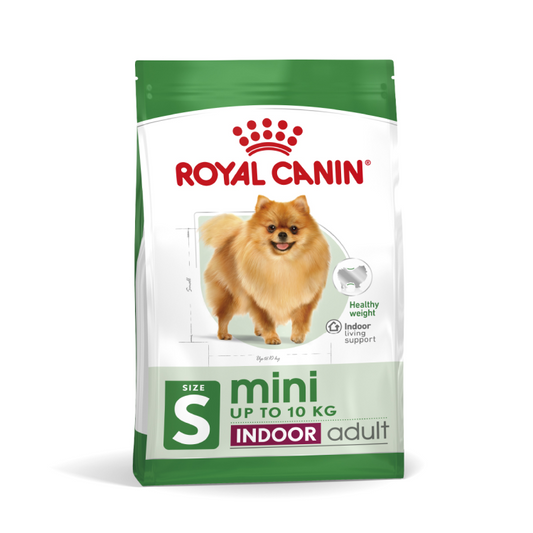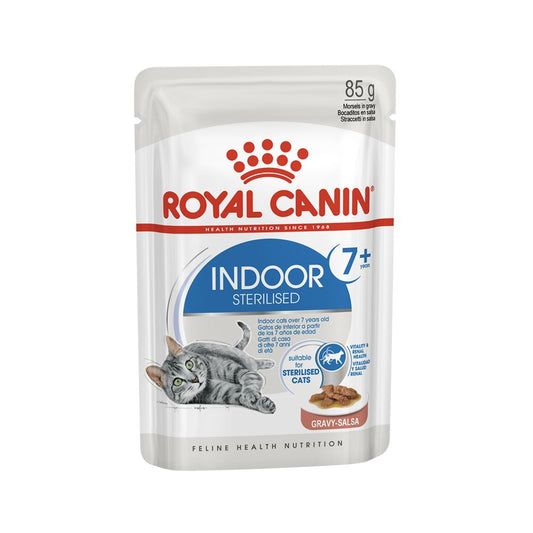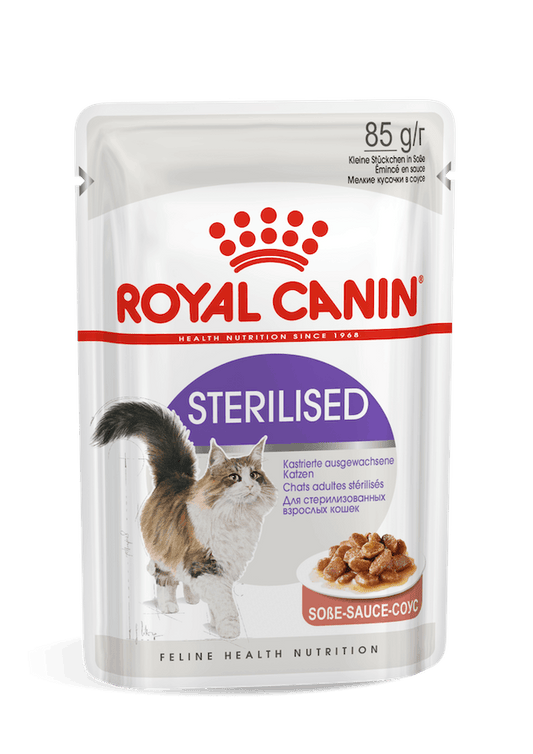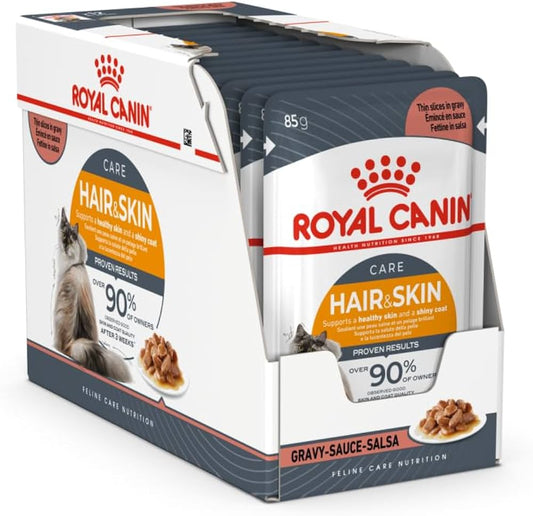Are you a new cat parent trying to navigate the world of healthy treats for your furry friend? It’s easy to feel overwhelmed by the number of options available out there, but choosing healthy cat treats doesn’t have to be confusing. The key to keeping your kitty happy and healthy is simple: real meat and vegetables.
In this beginner’s guide, we’ll walk you through why both real meat and veggies are essential for your cat’s diet and how to pick the best treats that will have them purring with delight!
|
TABLE OF CONTENT: 1. Why Real Meat is Essential in Cat Treats 2. The Role of Vegetables in Cat Treats 3. Best Ingredients to Look for in Healthy Cat Treats 4. Ingredients to Avoid in Cat Treats 5. How to Introduce Healthy Treats to Your Cat 6. FAQ 7. Final Thoughts |
Why Real Meat is Essential in Cat Treats
Let’s start with the basics: cats are obligate carnivores. This means that their bodies are designed to get most of their nutrients from meat. In the wild, cats would naturally consume high-protein by hunting small prey. Their digestive systems are built to process animal proteins, which are essential for maintaining strong muscles, and a healthy immune system.

Here’s why real meat should always be a priority when selecting treats for your cat:
1. Protein Powerhouse: Meat provides high-quality proteins which is essential for muscle repair, energy production, and maintaining your cat’s shiny coat and healthy skin.
2. Amino Acids, Especially Taurine: Cats cannot produce sufficient taurine, an essential amino acid for heart, vision, and reproduction. Real meat, like chicken, turkey, or fish, provides adequate levels of taurine.
3. Easier to Digest: Your cat’s digestive system is fine-tuned to process meat efficiently. Treats made with real meat are much easier for your cat to digest than those loaded with fillers like corn or soy.
When looking for healthy cat treats, always check that meat is the first ingredient. Avoid treats that list vague terms like "meat by-products" or "animal meal," as these are lower-quality sources of protein with less nutrients.
Bioline cat treats are highly recommended if you are looking for high quality treats made of tuna, chicken, and salmon.
The Role of Vegetables in Cat Treats
While cats thrive on meat, vegetables can still play an important role in their diet—especially when it comes to treats. Although cats don’t need vegetables in large amounts, certain veggies can provide extra fiber, vitamins, and antioxidants that support their overall health.

Here’s why you might want to consider treats that include a little veggie goodness:
1. Fiber for Digestion: Pumpkin and peas are great sources of fiber that helps to regulate your cat’s digestive system, prevent constipation, and promote overall gut health.
2. Vitamins and Antioxidants: Broccolis and carrots are packed with vitamins A and C, which are essential for a strong immune system and a shiny coat. They also contain antioxidants that help reduce inflammation and support healthy aging.
3. Hydration Boost: Cucumbers and pumpkin, have high water content. Since cats often don’t drink enough water on their own, moisture-rich veggies can help keep your kitty hydrated.
4. Low-Calorie Option: If your cat has a tendency to put on a few extra pounds, treats with vegetables can be a great low-calorie option. They’ll still satisfy your cat’s cravings without adding unnecessary calories.
Catit's Divine Shreds Cat Food is highly suggested for incorporating vegetables like broccoli, sweet potato, pumpkin, and carrots into your cat's diet without sacrificing their regular meat content. This range offers a perfect blend of real meat such as tuna, salmon, prawns, and chicken, combined with nutritious vegetables.
Best Ingredients to Look for in Healthy Cat Treats
When it comes to choosing the best treats for your cat, here are the top ingredients to prioritize:
- Real Meat: Chicken, turkey, salmon, or tuna are excellent choices. Make sure it’s the first ingredient on the label.
- Pumpkin: A fantastic source of fiber that helps with digestion and even hairball control.
- Carrots & Broccoli: Packed with beta-carotene, which is great for your cat’s eyes and immune system.
- Peas: High in fiber and a natural source of plant-based protein.

Ingredients to Avoid in Cat Treats
While real meat and vegetables are fantastic, some ingredients are better left on the shelf. Here are a few things to avoid:
- Artificial Colors and Flavors: These add no nutritional value and can sometimes cause allergies or sensitivities in cats.
- Corn, Soy, and Wheat: These are common fillers in low-quality cat treats that offer little nutritional value and can contribute to food sensitivities.
- By-Products and Meat Meals: These are low-grade ingredients that don’t provide the same quality of protein as real meat.
Brands like Bioline, Catit and Gnawlers offer a wide range of healthy cat treats without any added preservatives or artificial flavors.

How to Introduce Healthy Treats to Your Cat
If your cat is used to traditional treats that might be high in sugars or fillers, it’s a good idea to introduce healthy options gradually. Start by mixing a small amount of the new treat with their usual snack, slowly increasing the portion over time. This will allow your cat to adjust to the new taste and texture.
Another great way to introduce treats, especially during the hot summers, is by freezing wet treat pouches overnight. This not only provides a refreshing snack but also encourages hydration. The cold, icy texture can also offer sensory enrichment, giving your cat something new and exciting to enjoy, without compromising on the nutrients.
Gnawlers and Catit offer a variety of lickable cat treats that can be served as frozen treats or enjoyed as a regular snack by your kitties.
It’s also important to monitor your cat’s response. Every cat is different, and some may be pickier than others when it comes to trying new treats!

Frequently Asked Questions
1. Where can you find healthy cat treats?
Maryam’s pet can be your one-stop solution for everything that your feline friend will require. You can choose from a variety of pure meat based cat treats or a blend of real meat and vegetable treats.
2. Are there any vegetables I should avoid feeding my cat?
Vegetables such as onions, garlic, and chives can cause severe health problems, including anemia. Always avoid these ingredients. Catit Divine Shreds is a highly recommended range for vegetable infused cat treats that have high nutrient value.
3. How can I tell if a cat treat is healthy?
To identify healthy cat treats, check the ingredients list. Real meat (like chicken, turkey, or salmon) should be the first ingredient. Avoid treats with artificial additives and fillers, and look for those that include beneficial vegetables like pumpkin or peas. Treats should also be grain-free or low in carbohydrates.
4. How often should I give my cat treats?
Treats should only make up about 10% of your cat’s daily calorie intake. They are a great way to reward or bond with your cat, but overfeeding treats can lead to weight gain and nutritional imbalances. Moderation is key.

Final Thoughts
Choosing healthy cat treats doesn’t have to be a difficult task. By focusing on treats that contain real meat and small amounts of vegetables, you can ensure your cat is getting the nutrients they need to stay happy, healthy, and active.
Remember, a well-balanced treat is more than just a snack—it’s an opportunity to support your feline friend’s overall health. So, next time you’re shopping for treats, check the label and keep an eye out for real meat and veggies. Your cat will thank you with plenty of purrs!

